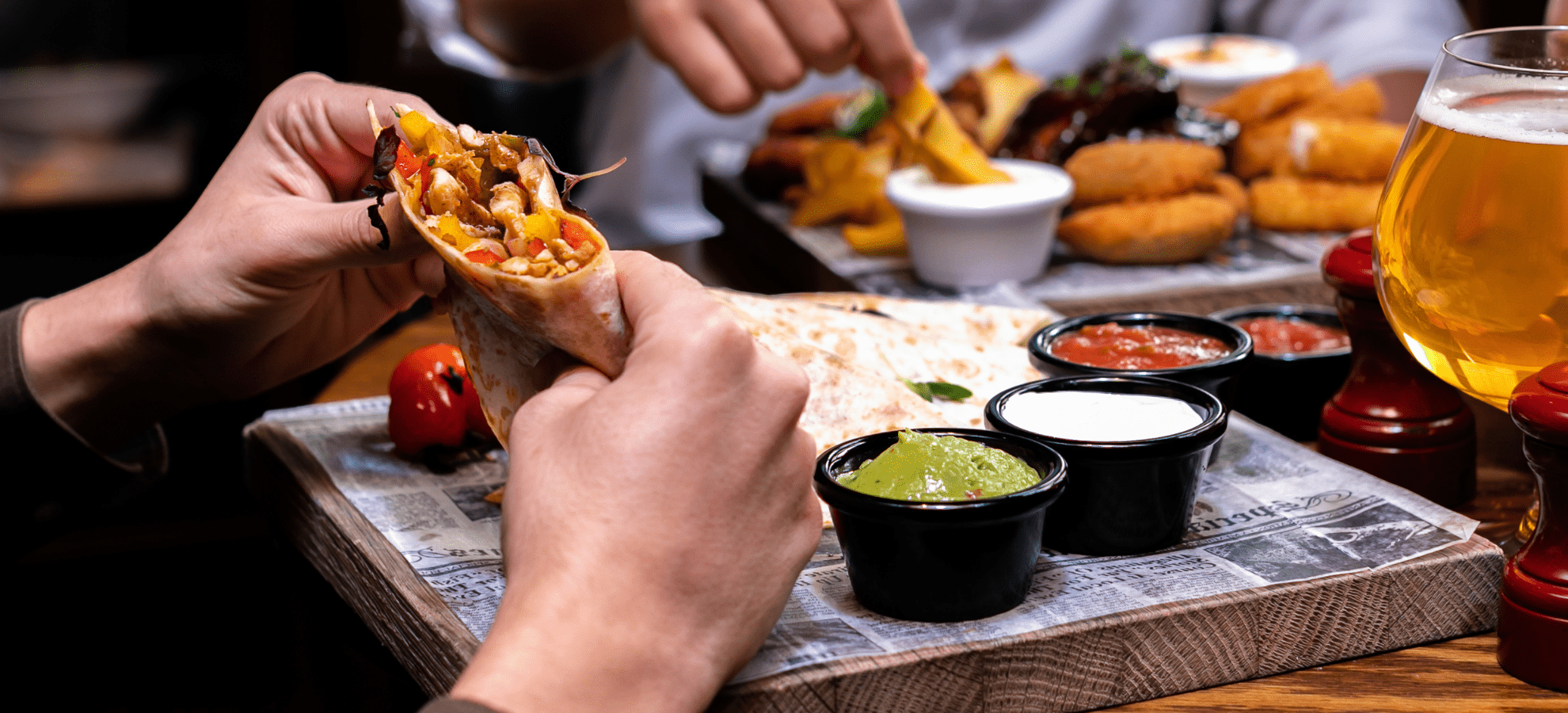
7 Unmissable Happy Hour Spots at The Market Common Myrtle Beach
From Oyster Deals to Local Drafts, These Market Common Favorites Know How to Do Happy

From Oyster Deals to Local Drafts, These Market Common Favorites Know How to Do Happy

CCMF’s milestone year brought big acts, bigger storms, and a weekend Myrtle Beach won’t soon

Local Insight From Someone Who Left, Came Back, and Can’t Imagine Being Anywhere Else https://www.youtube.com/embed/RTTz1zb1C1Q%20title=
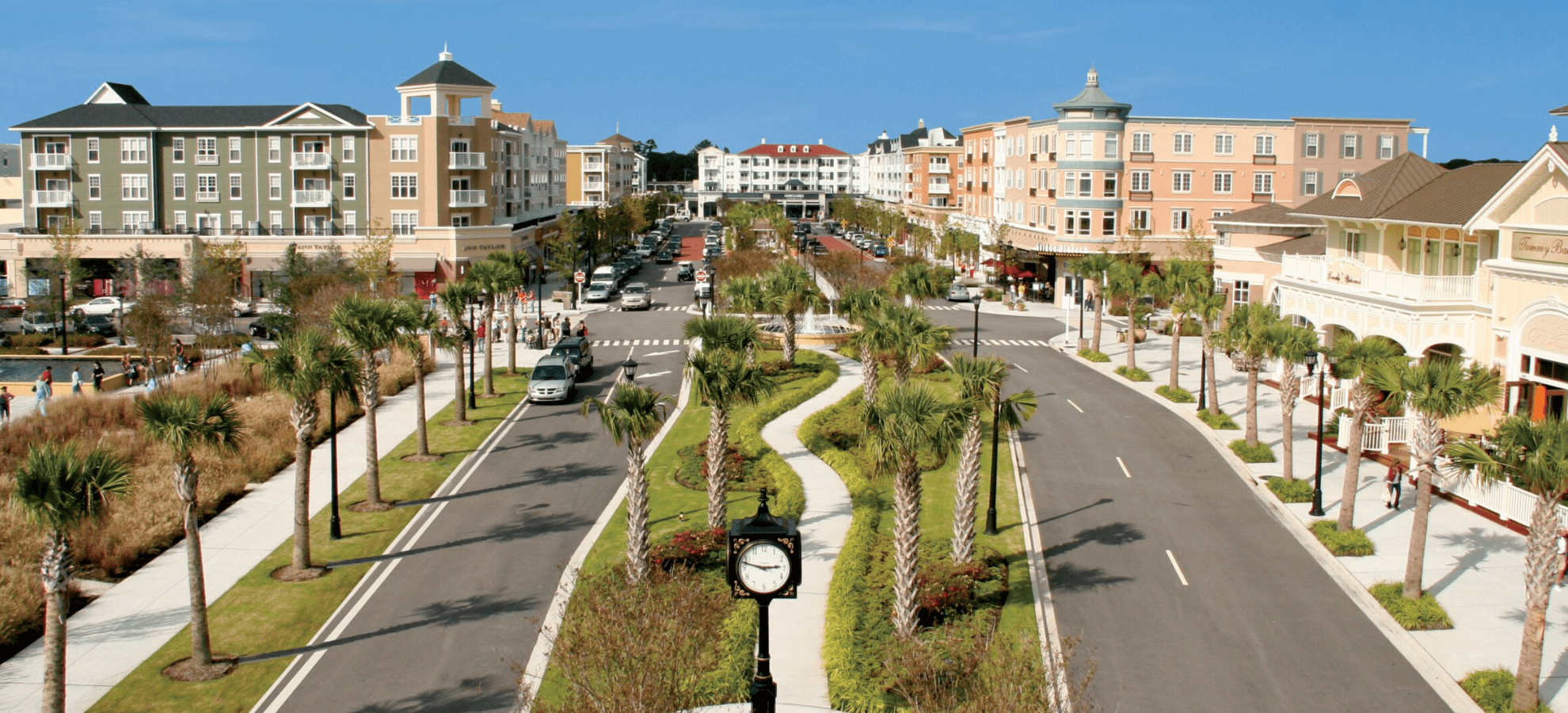
A Local’s Guide to the Top Spots for Style, Bites, and Fun in The Market

When Myrtle Beach Turns White, a Reflection on Rare Snowfalls That Made History If you’ve

From Photos to Parades, Here’s Where to Catch Santa in Myrtle Beach This Year https://www.youtube.com/embed/aYkVP0THUbE%20title=7%20Magical%20Santa%20Sightings%20in%20Myrtle%20Beach%20to%20Celebrate%20the%20Holiday%20Season%20frameborder=

Celebrating Benjamin’s Bakery and Their Award-Winning Bites https://www.youtube.com/embed/SovYs9Hs66E%20title= At this year’s Surfside Beach Festival, one
Gordon Biersch Brewery Restaurant: A Hub for Craft Beer, Community, and Culture at Market Common

Vietnam Prisoner of War, U.S. Congressman Under the Clinton Administration by Melissa LaScaleia Douglas Peterson
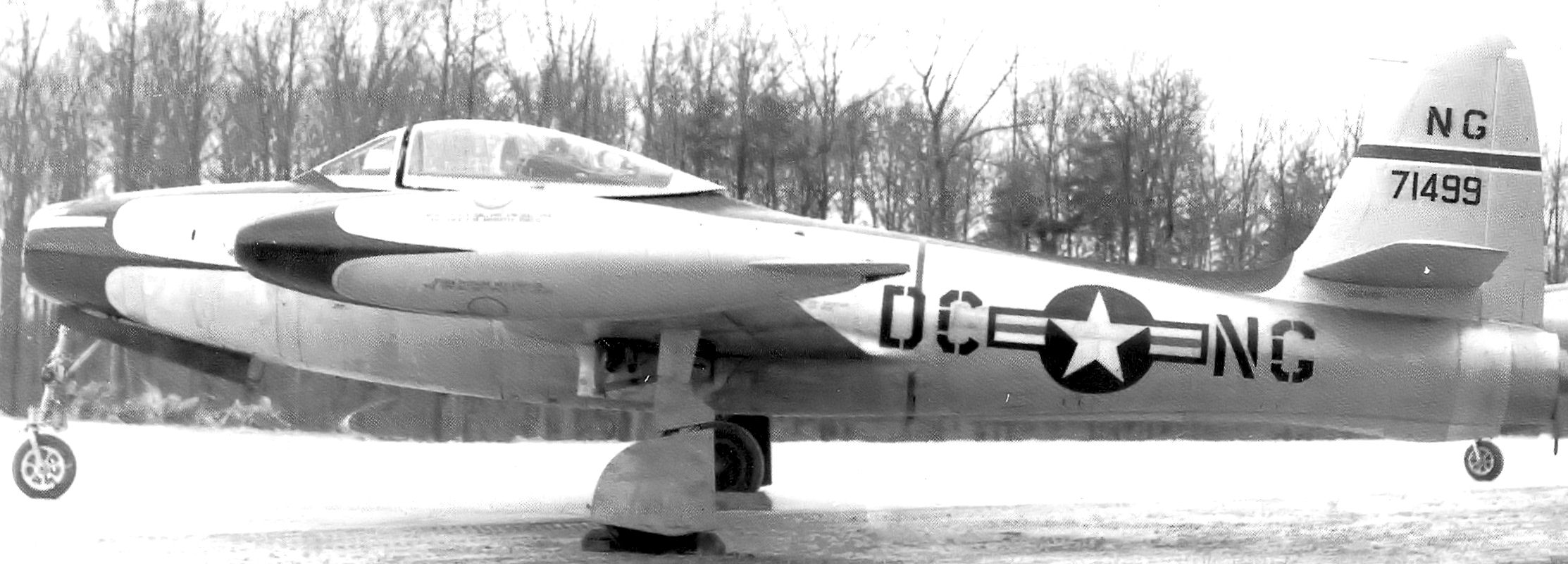
A Mark of Distinction for the MBAFB by Melissa LaScaleia At different points throughout the
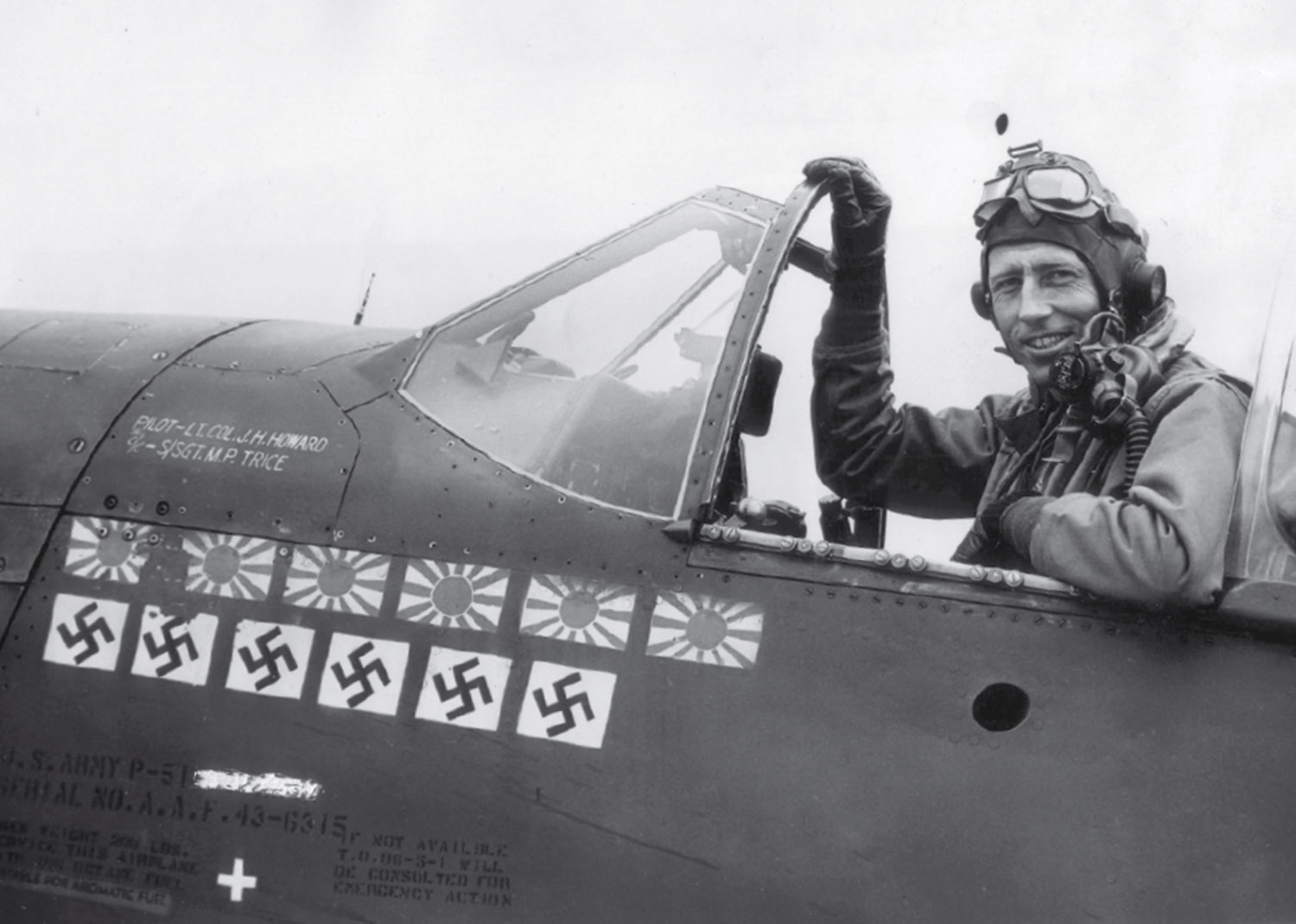
A Soldier Whose WWII Derring-do Was Famous by Melissa LaScaleia Brigadier General James Howell Howard
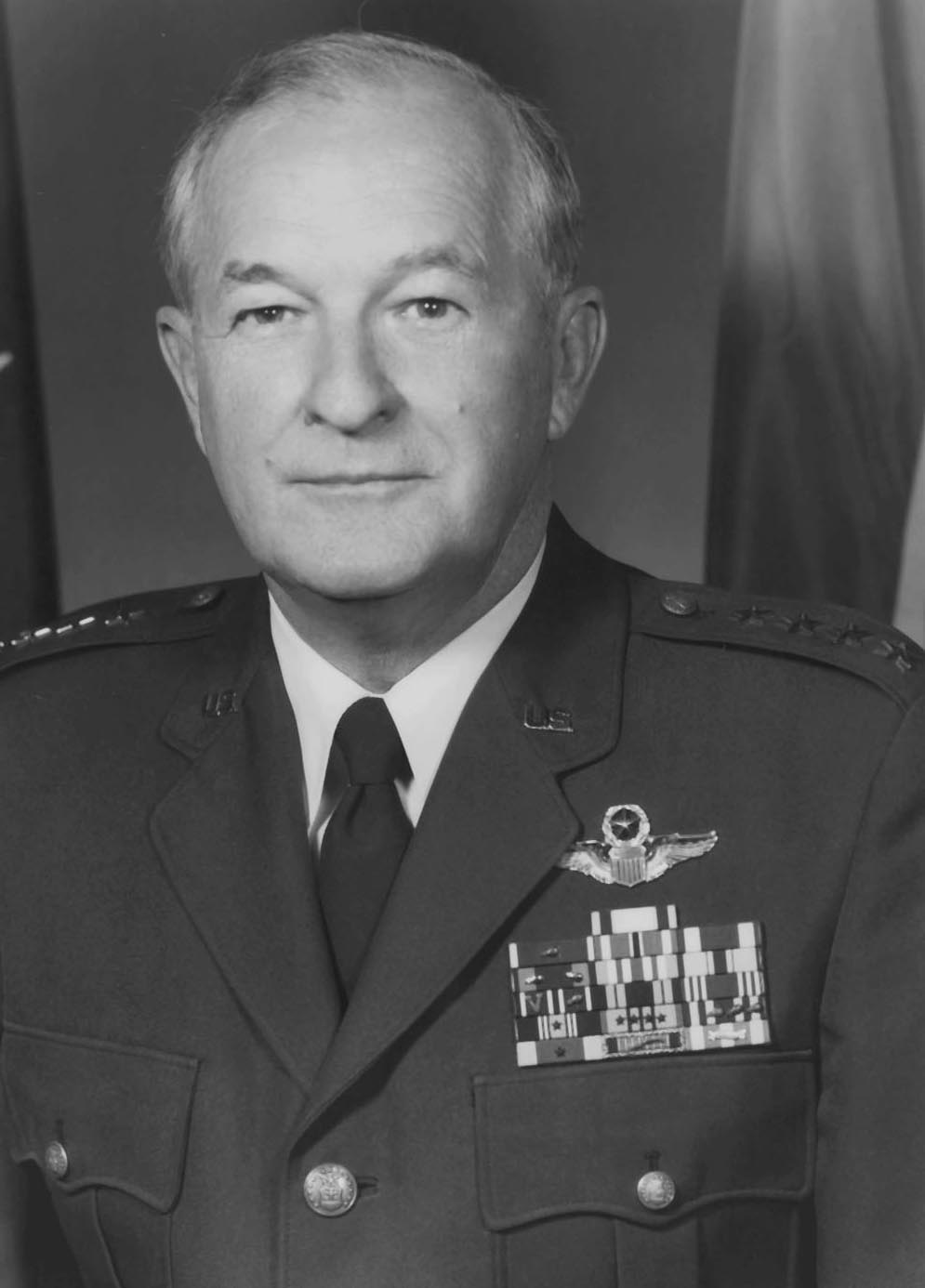
Leading Myrtle Beach’s 354th to Readiness in the A-10 Aircraft by Melissa LaScaleia Robert H.
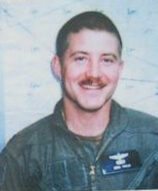
War Hero, Silver Star Recipient by Melissa LaScaleia Captain Stephen Richard Phillis was born on
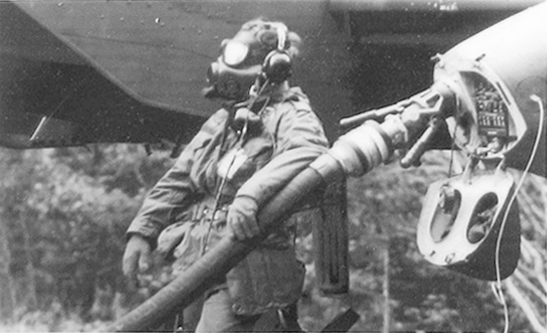
The Importance of Thunderhog Exercises & FOLTA During WWII by Melissa LaScaleia In the early
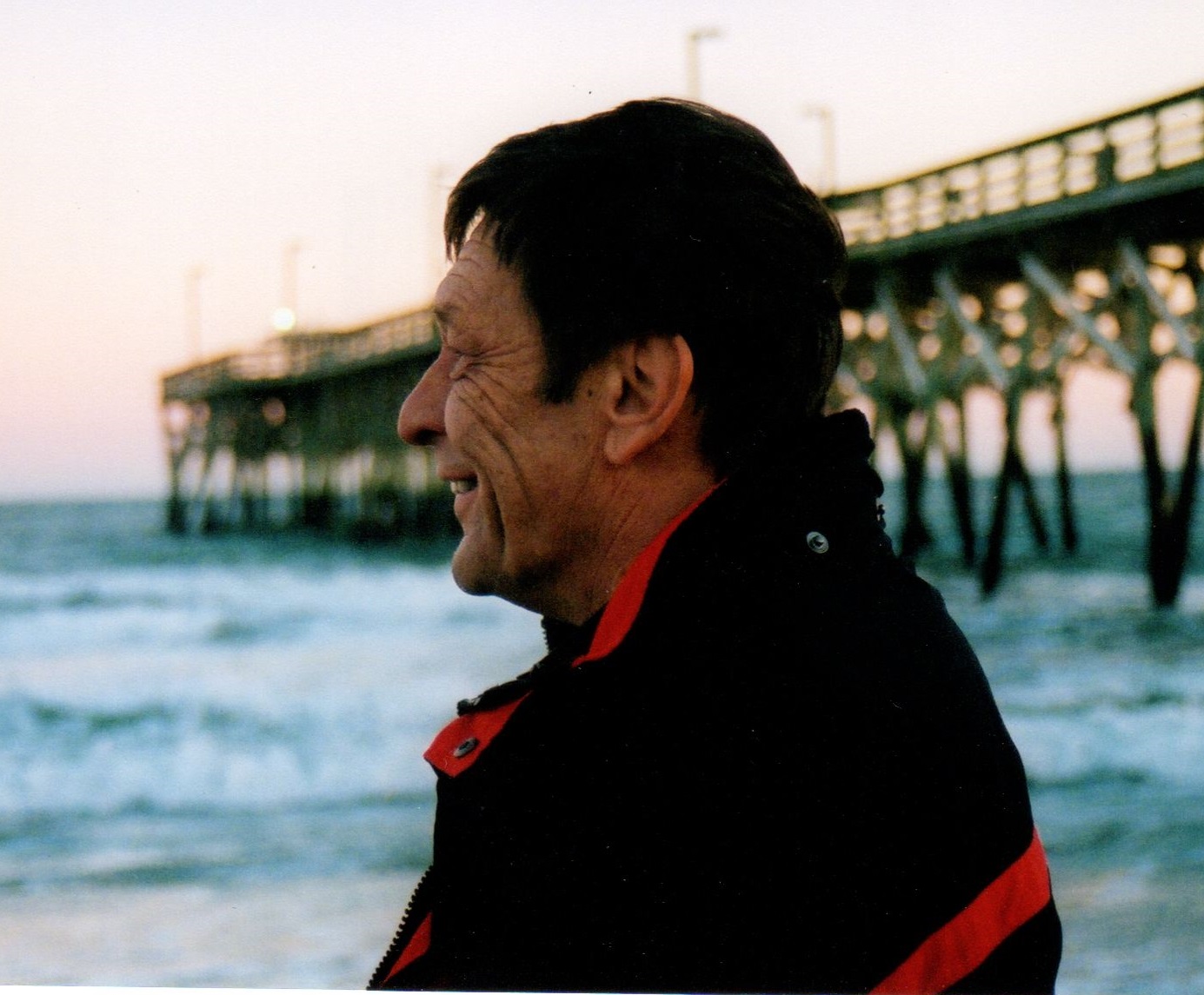
The Life and Legacy of Air Force Veteran and Local Mechanic Celebrate Our Veteran gives voice
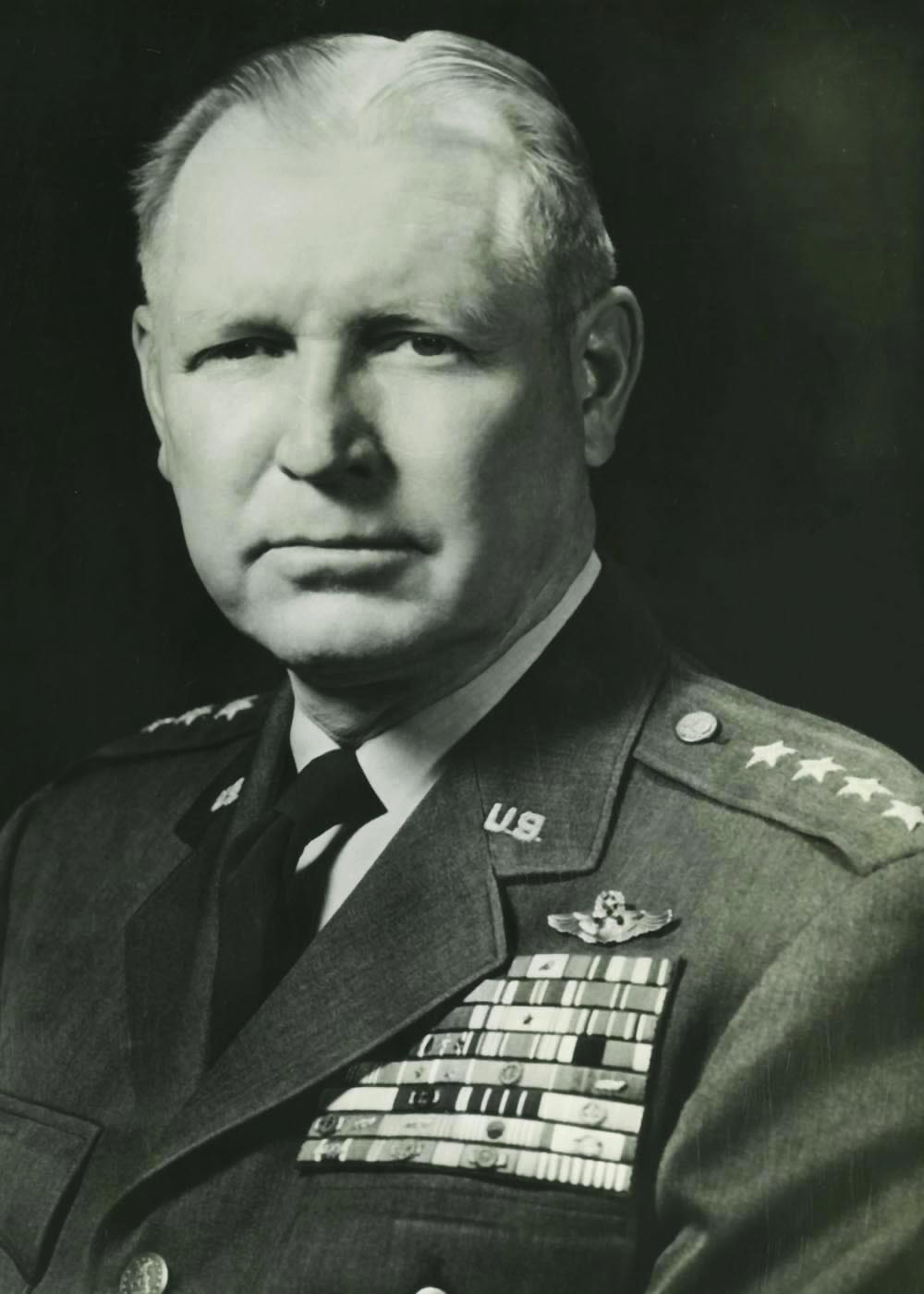
Check out this article about the 354th Fighter Day Wing.
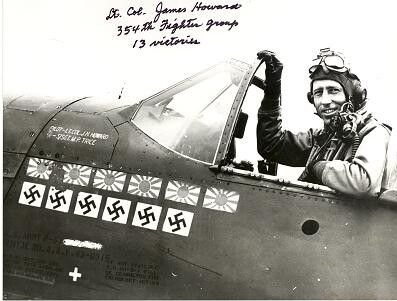
A WWII Media Sensation and Author by Melissa LaScaleia Howard Avenue in the Market Common

Myrtle Beach in The Early Years by Melissa LaScaleia The 114 acres of land located
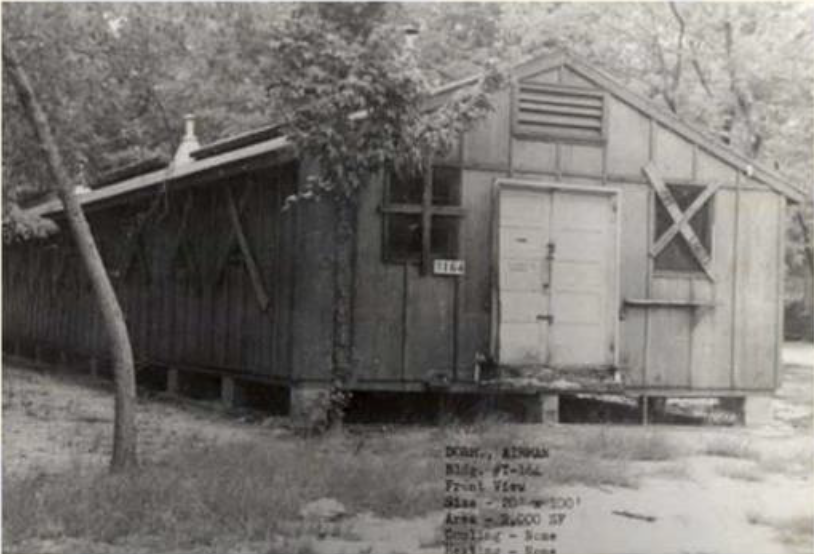
Market Common is filled with history and at the Insider we always like to learn more and more about our community, so read with us all about the heroes of this area!

Recipient of the Purple Heart and the Bronze Star by Melissa LaScaleia Hoyt LeGrand Hendrick

A Snapshot of Its Involvement in 20th Century History by Melissa LaScaleia This month, to

Rated Air Force Pilot and Chief of Chaplains by Melissa LaScaleia Charles C. Baldwin was
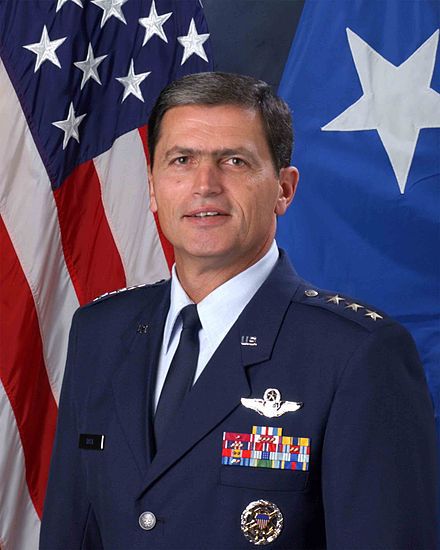
Recipient of South Carolina’s Highest Civilian Honor, the Order of the Palmetto by Melissa LaScaleia

The End of an Era by Melissa LaScaleia Continued from last month. Click here to
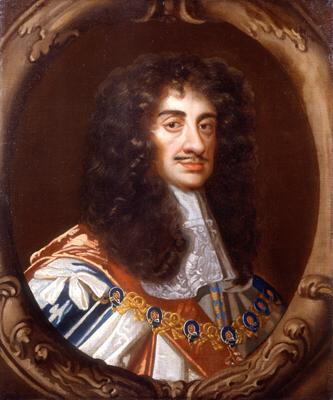
by Melissa LaScaleia To understand our Myrtle Beach history, of how it was birthed into
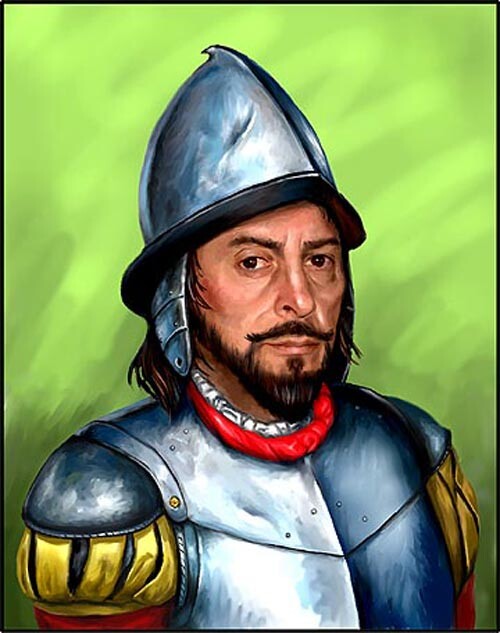
by Melissa LaScaleia Last month’s history article explored possibilities about where the name Chicora originated,
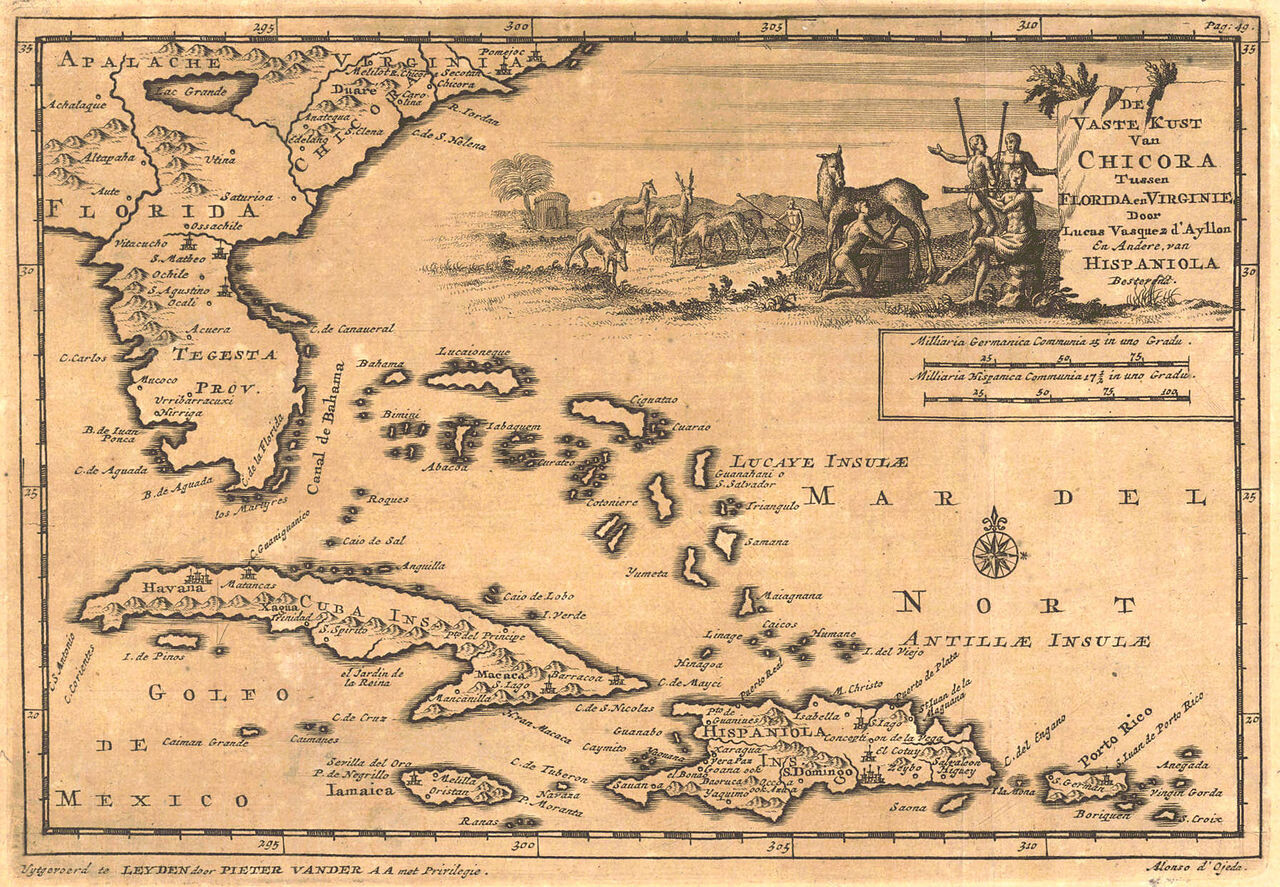
by Melissa LaScaleia Usually our history section recounts the stories of people who were involved
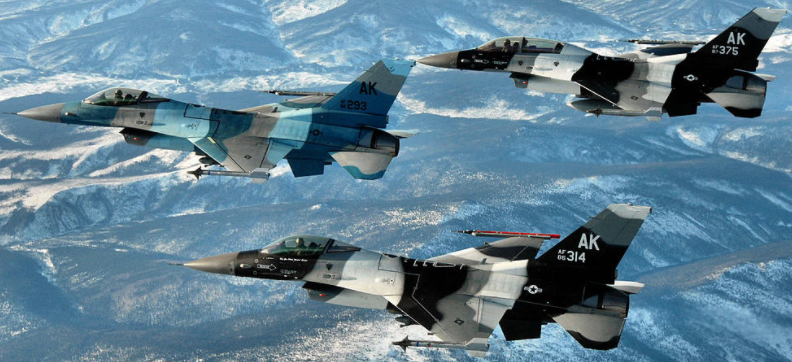
By Melissa LaScaleia This month, we recount the illustrious history of the 354th Fighter Wing
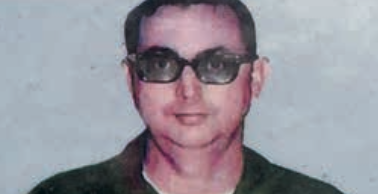
Georgetown County Native and Aircraft Maintenance Superintendent of the 354th at Myrtle Beach By Melissa